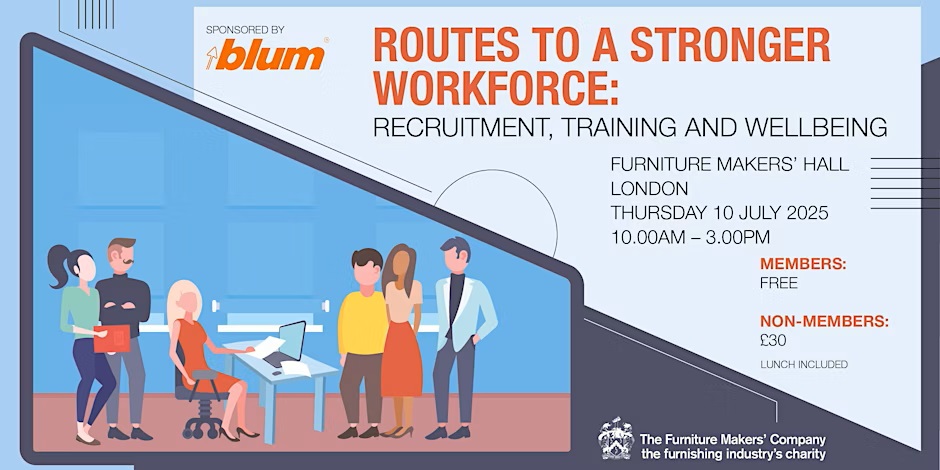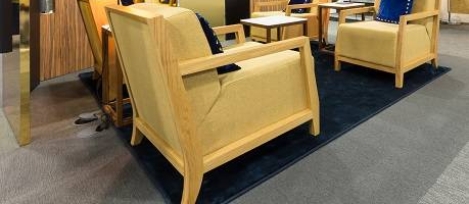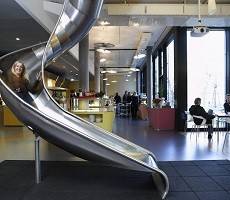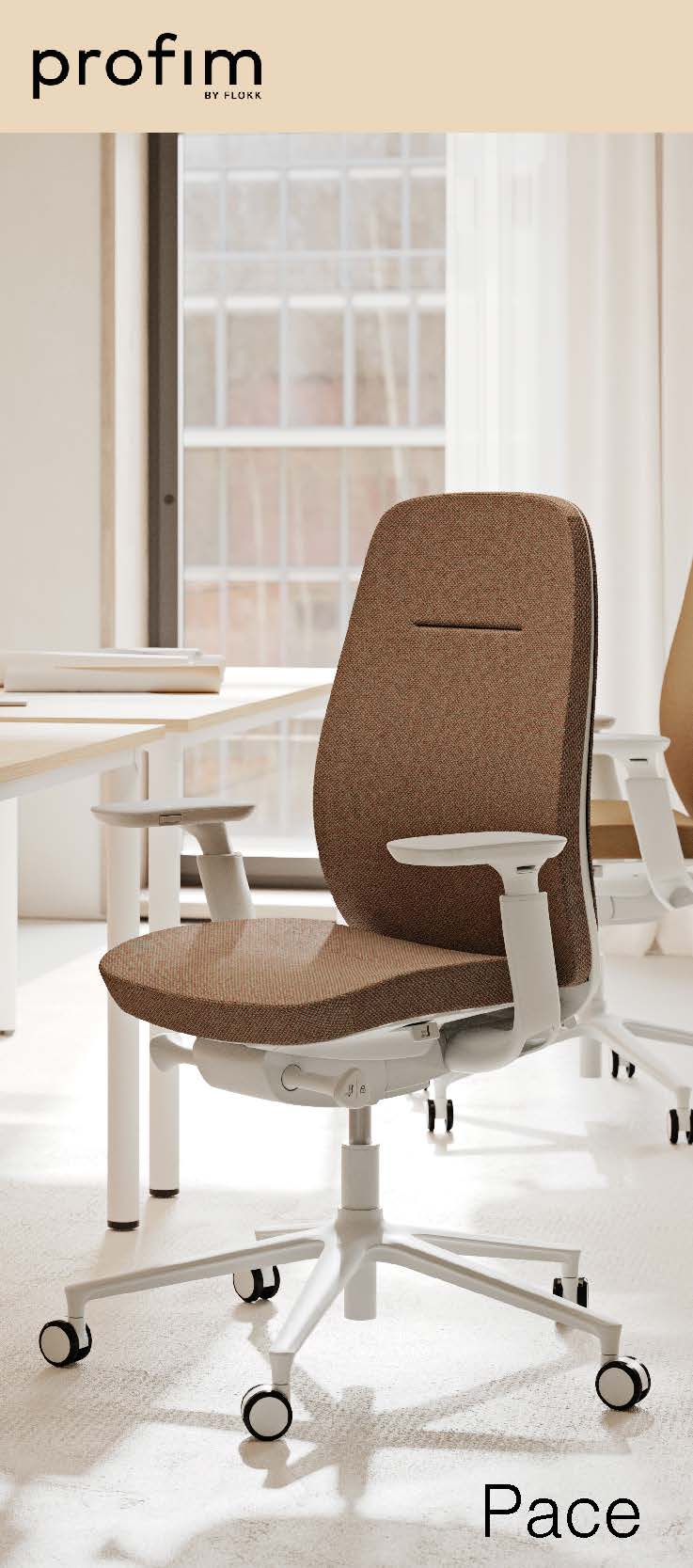June 15, 2016
Tech sector drives demand for office space in London’s City fringes 0
 London’s City Fringe market, the once ‘cheap’ office location of Central London has matured into a leading global tech address and, with a number of new mixed use developments underway and more planned, its success is set to continue. According to data from Savills, average Grade A rents in the area have increased by 87 percent in the last six years with the best new office space now trading at a discount of only 3.5 percent to the same quality of building in the City Core (a saving of circa. £1 per sq ft). According to Savills research, the first quarter of 2016 saw average Grade A rents in the City Fringe reach £59.42 per sq ft (compared to £61.60 per sq ft for non-tower Grade A office buildings in the City Core). This pattern is accelerated by new office developments including Derwent’s White Collar Factory and Helical Bar / Crosstree’s Bower Development, both EC1, and key deals to Adobe, BGL Group, Stripe Limited and CBS Interactive.
London’s City Fringe market, the once ‘cheap’ office location of Central London has matured into a leading global tech address and, with a number of new mixed use developments underway and more planned, its success is set to continue. According to data from Savills, average Grade A rents in the area have increased by 87 percent in the last six years with the best new office space now trading at a discount of only 3.5 percent to the same quality of building in the City Core (a saving of circa. £1 per sq ft). According to Savills research, the first quarter of 2016 saw average Grade A rents in the City Fringe reach £59.42 per sq ft (compared to £61.60 per sq ft for non-tower Grade A office buildings in the City Core). This pattern is accelerated by new office developments including Derwent’s White Collar Factory and Helical Bar / Crosstree’s Bower Development, both EC1, and key deals to Adobe, BGL Group, Stripe Limited and CBS Interactive.
































May 25, 2016
Urban Millennials are worried about the same things as everybody else 0
by Mark Eltringham • Cities, Comment
(more…)